We continue to get an onslaught of lab and epidemiological data and the pieces of the puzzle are slowly coming together…
Vaccine Effectiveness
We now have 8 lab studies all largely saying the same thing: Omicron significantly reduces the number of neutralizing antibodies from a 2-dose mRNA series compared to previous variants.
Importantly, a “reduction in neutralizing antibodies” is not the same thing as “reduction in vaccine effectiveness”. This is because immune systems are adaptive and diverse thanks to other types of antibodies, B-cells (antibody factories), and T-cells (secondary line of defense). So it’s important to look at other data too.
In the UK, we got our first glimpse of “real world” vaccine effectiveness against Omicron. On Friday, the UK Health Security Agency released a comprehensive report in which they compared 56,439 cases of Delta to 581 cases of Omicron from Nov 27 to Dec 6, 2021. Vaccine effectiveness against Omicron infection was 30-40% after two shots of Pfizer. After a booster, effectiveness increased to 70-80%. This is nothing short of phenomenal. This also probably means that boosters continue to reduce viral transmission.
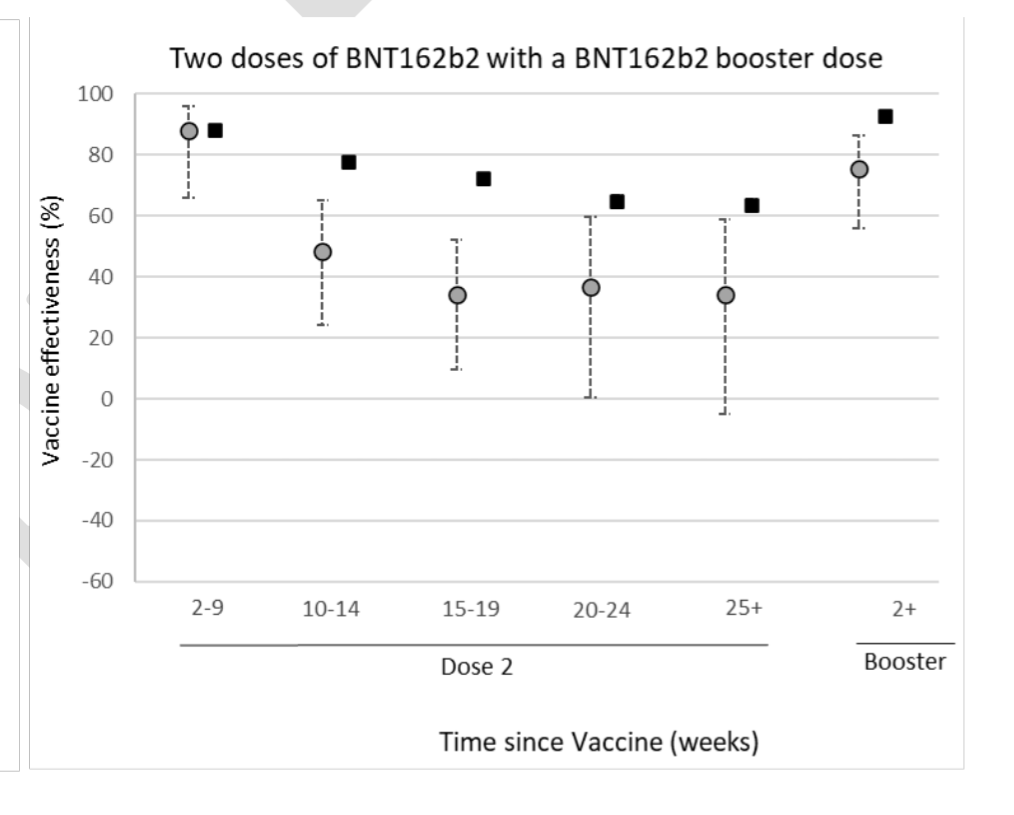
In the past week we also had 3 T-cell studies come out. T-cells are critical to our immune system because they are our second line of defense. If neutralizing antibodies can’t catch the virus before it infects our cells, then T-cells kick in. T-cell protection is harder for viruses to escape because their protection spans virtually the entire spike protein, whereas antibody responses tend to focus on relatively few regions. As hypothesized, the results from the studies look great— T-cells continue to work against Omicron. So even though the number of infections will substantially increase, we will largely stay out of the hospital.
With this data, the case for an Omicron-specific vaccine is becoming less and less apparent. This will be highly debated in the coming months, so it will be interesting to hear both sides of the argument.
Infection-induced Immunity
A study over the weekend showed that neutralizing antibodies among people previously infected with Alpha (panel E), Beta (panel F), and Delta (panel G) completely failed to attach to Omicron. Those that were infected + vaccinated (or vaccinated + infected) had a strong response to Omicron (panel H).
But just like vaccines, neutralizing antibodies isn’t the full story. So it’s important to look at “real world” data. A week ago, a South African study found reinfection rates were 3 times higher with Omicron compared to Delta. This past Friday the UK confirmed with their own analysis: Of 329 individuals identified with an Omicron infection in this period, 17 (4.9%) were linked to a previous confirmed infection. This equates to an Omicron reinfection rate of 3-8x higher than Delta.
State of Affairs- South Africa
Omicron continues to flood South Africa. On Friday and Saturday it looked like cases peaked, but then on Sunday there was a huge case dump (Friday: 19,018; Saturday: 17,154; Sunday: 37,875 cases). South Africa clarified there was a lag in case reporting due to IT issues. Cases may still be increasing, we just need a few days for reporting to stabilize. Tracking 7-day case averages (opposed to day-to-day numbers) continues to be critical.
The number of COVID19 hospitalizations in South Africa is remaining low. But we’re coming up on the 3-4 week lag we typically see with hospitalizations, so coming to a conclusion is haphazard.
If hospitalizations continue to be low, then there is a clear indication that one of two things are happening:
Immunity works against severe disease (like we hypothesized above); or,
Omicron induces more mild disease.
We really need a more generalizable sample in order to differentiate between the two: How do older people fare with Omicron? How about those with no prior infection? Unvaccinated? We still don’t know.
If South Africa’s hospitalizations and deaths continue to remain low regardless of a high case rate, many would consider the crisis of SARS-CoV-2 in South Africa over. The virus will still ebb and flow, there will be people that will go to the hospital and die but it certainly won’t look like what we saw previously in the pandemic. Their hospitals will not be overrun; they have a large enough immunity wall. If this happens in South Africa, will it be the same story in other countries? Unfortunately we don’t know; we are at the mercy of time.
State of Affairs- United States
Thirty states have confirmed an Omicron case, although we can certainly assume it’s in all 50 states by now.
There’s now enough data to estimate the reproductive number (i.e. contagiousness) in the United States. And it’s not looking good: R(t)=3. With this high level of transmissibility, cases are doubling every ~3-4 days, so Omicron will easily be the dominant variant in coming weeks.
This R(t) is similar to other countries like Germany and South Africa. Nothing is stopping Omicron in its tracks. As time goes on, R(t) should differentiate itself across countries due to many factors: differing behaviors (public health mitigation measures), genetics, patchwork immunity, age distributions, etc.
Unfortunately, Omicron will be become dominant at a terrible time: For the first time in a few months, cases, hospitalizations, and deaths are all increasing.
Yesterday 1,288 souls died from COVID19. As Kaiser Family Foundation reported, 163,000 COVID-19 deaths since June 2021 would have been prevented with vaccinations. A true national tragedy.
Just like with Delta, the news of Omicron is increasing vaccinations, especially with boosters. A silver lining to new variants?
Bottom Line: Data is showing that immunity will keep a large proportion of people out of the hospital. But the million (billion?) dollar question remains: Is there a high enough immunity wall to keep our hospitals from flooding? Time will tell.
Love, YLE
“Your Local Epidemiologist (YLE)” is written by Dr. Katelyn Jetelina, MPH PhD— an epidemiologist, biostatistician, professor, researcher, wife, and mom of two little girls. During the day she has a research lab and teaches graduate-level courses, but at night she writes this newsletter. Her main goal is to “translate” the ever-evolving public health science so that people will be well-equipped to make evidence-based decisions, rather than decisions based in fear. This newsletter is free thanks to the generous support of fellow YLE community members. To support the effort, please subscribe here:


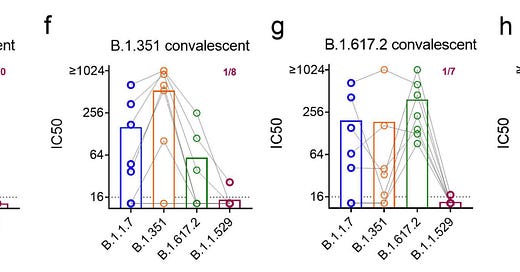



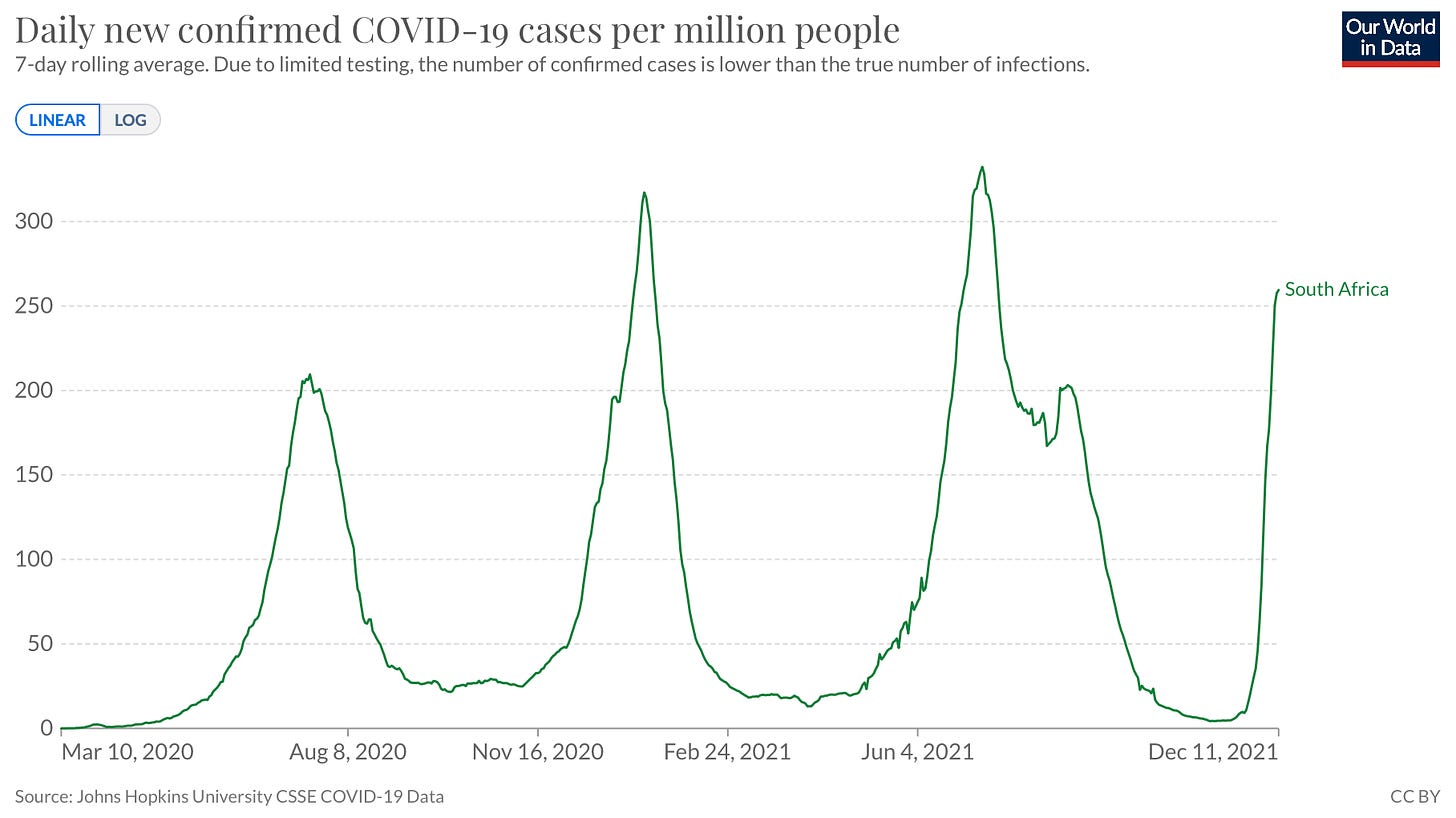
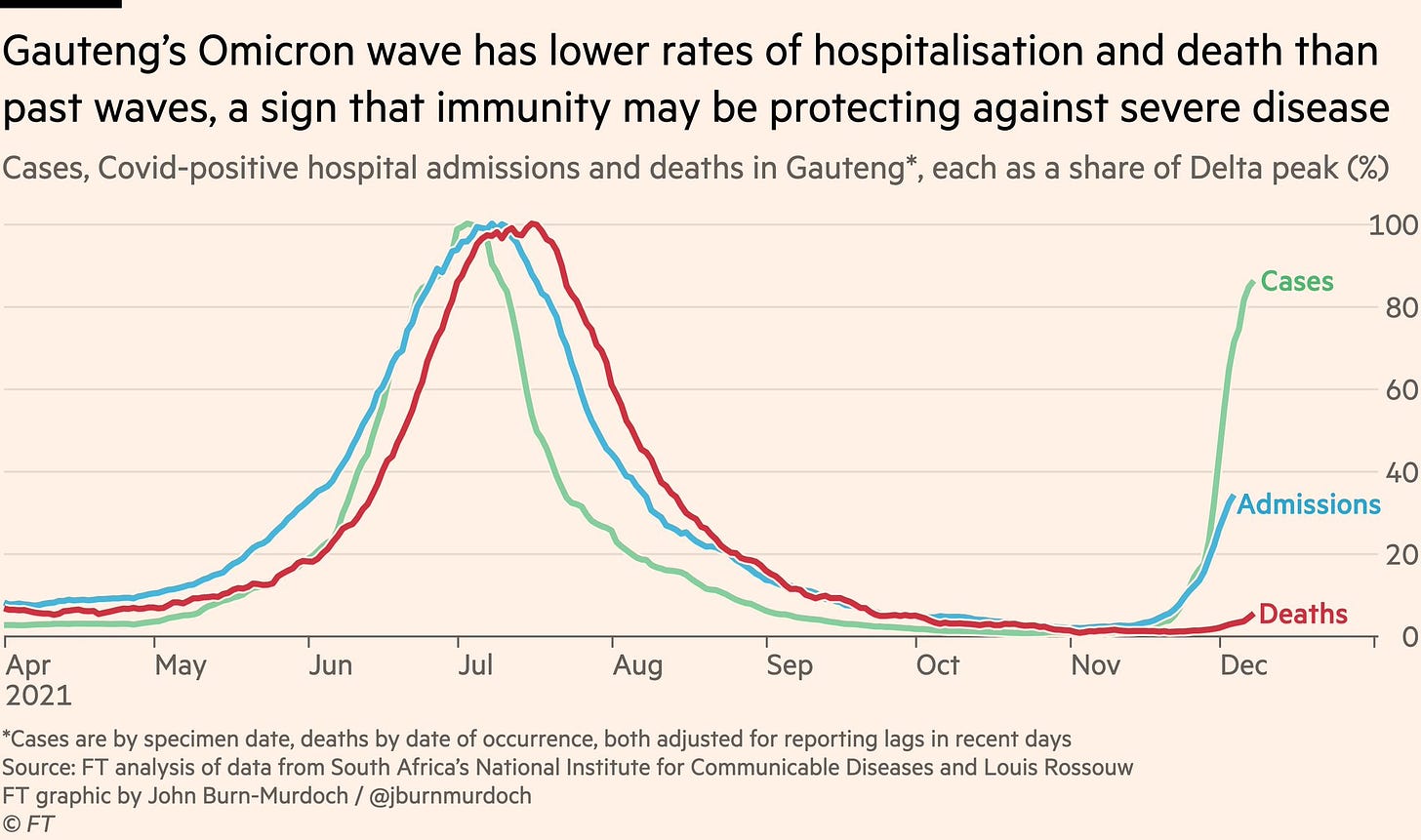
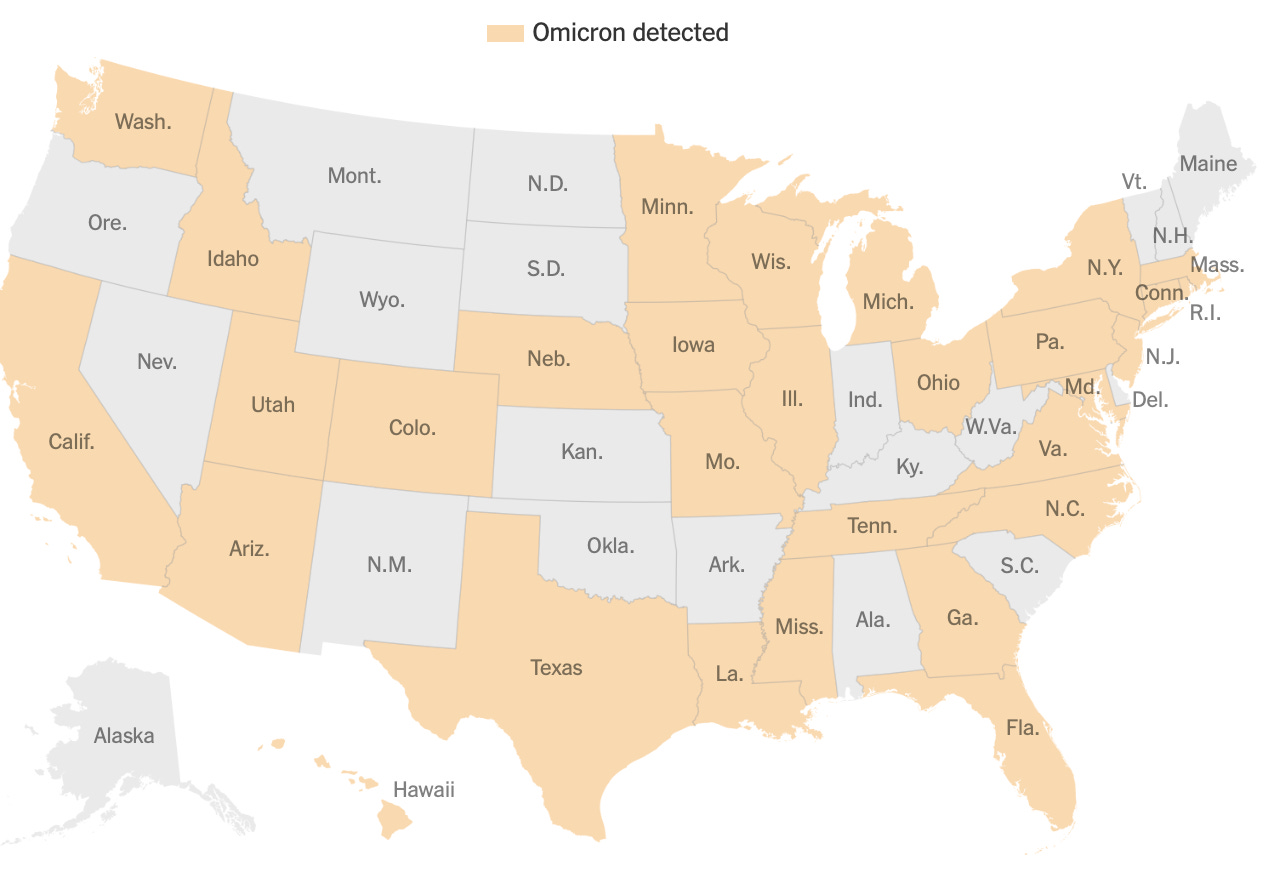
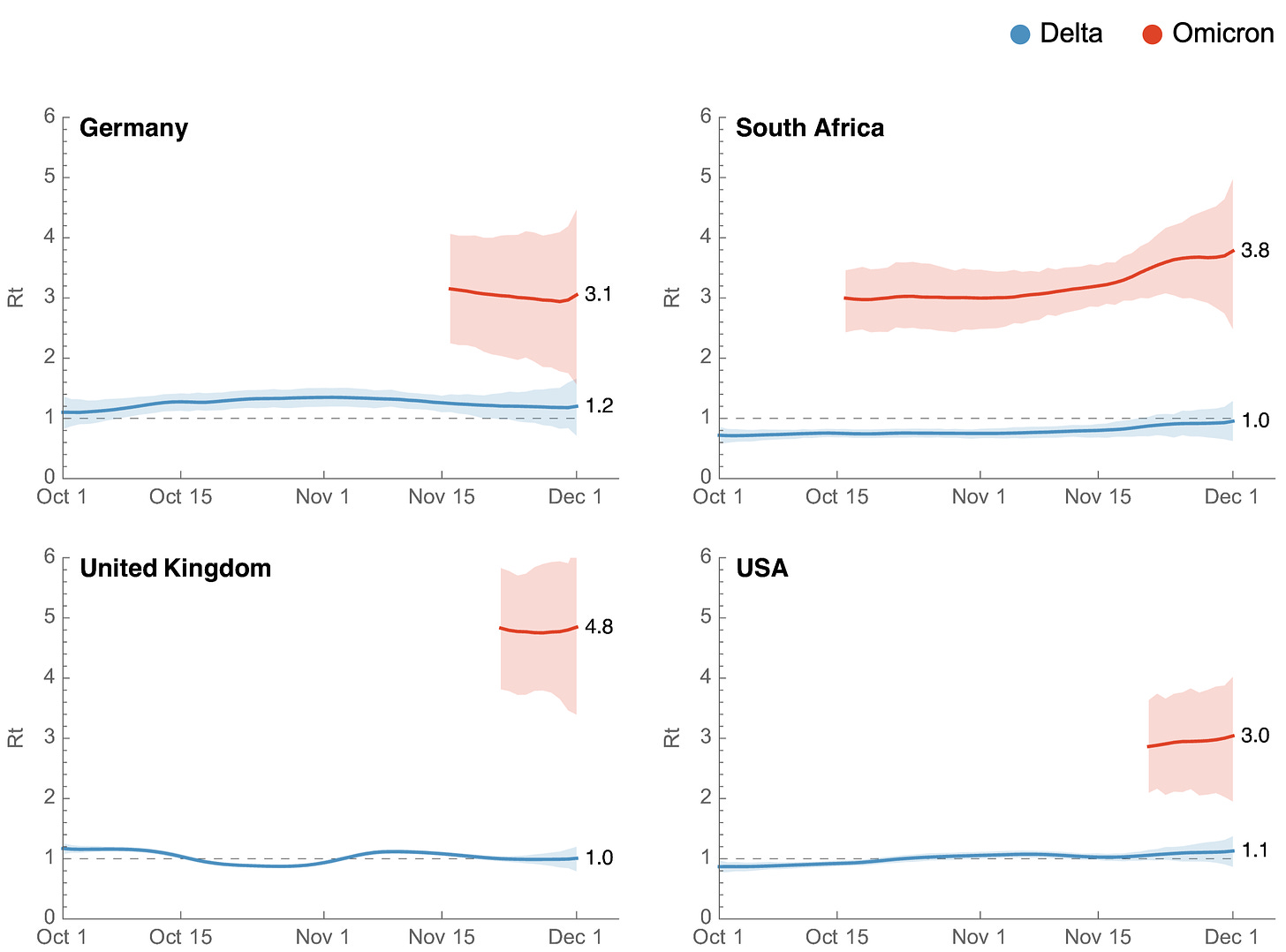
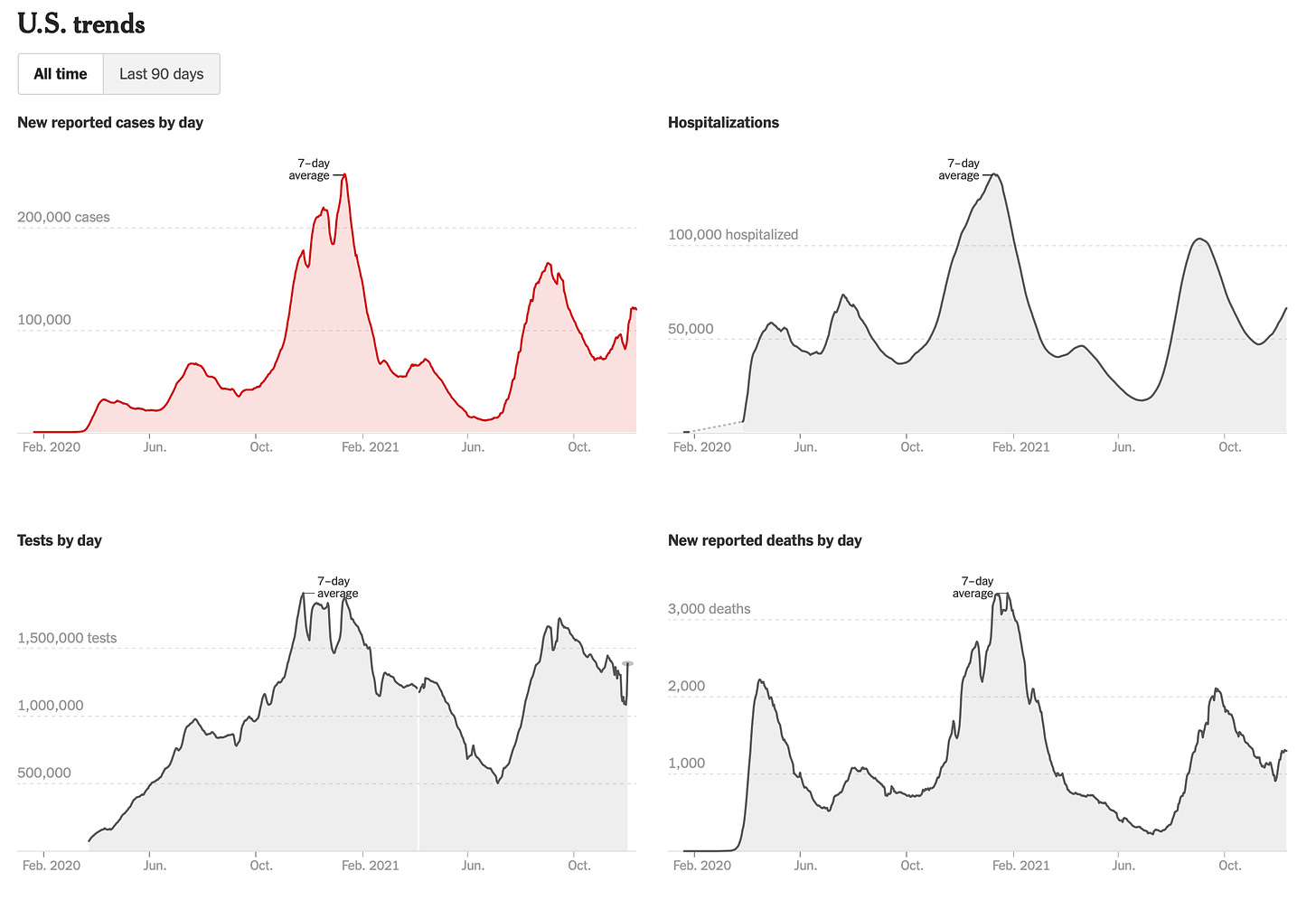

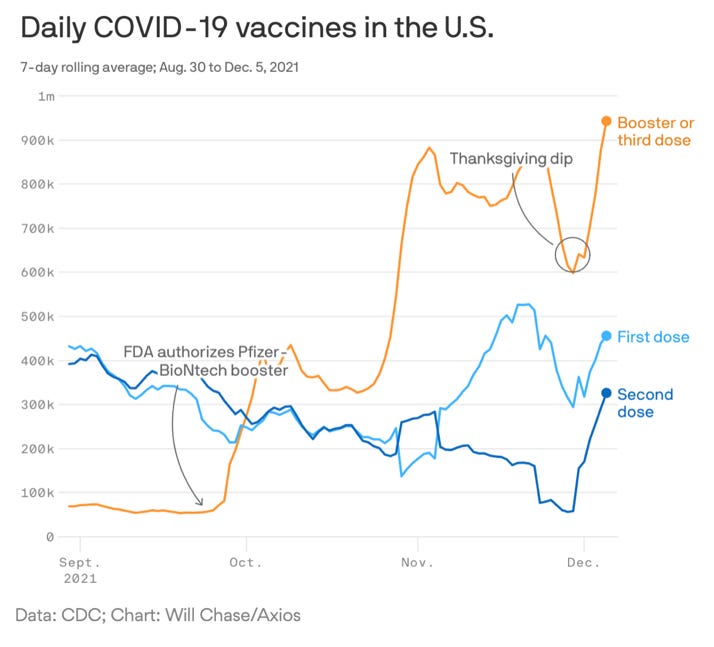
Thank you as always. Question that seems like a bit of a repeat with a new ( ahem) variant: kids 5-11, given that thru just got their shots ( my daughter is just thru her 2 weeks following the second dose) any thoughts / data yet on how protected they are w 2 doses vs three, but maybe some reductions in need based on their immune systems and development generally. ( I know size was not the main issue before)
You were so helpful in the period prevaccine for kids when the world was back and we were not and not it feels like we are back here again, kids not able to be fully vaccinated when others are ( 3 doses) . Im hopeful maybe they need less?!
THANK YOU!
Is there any data coming about moderna and it's effectiveness against Omicron? I keep seeing Pfizer data. Is it the assumption that Moderna would be similar in its results?